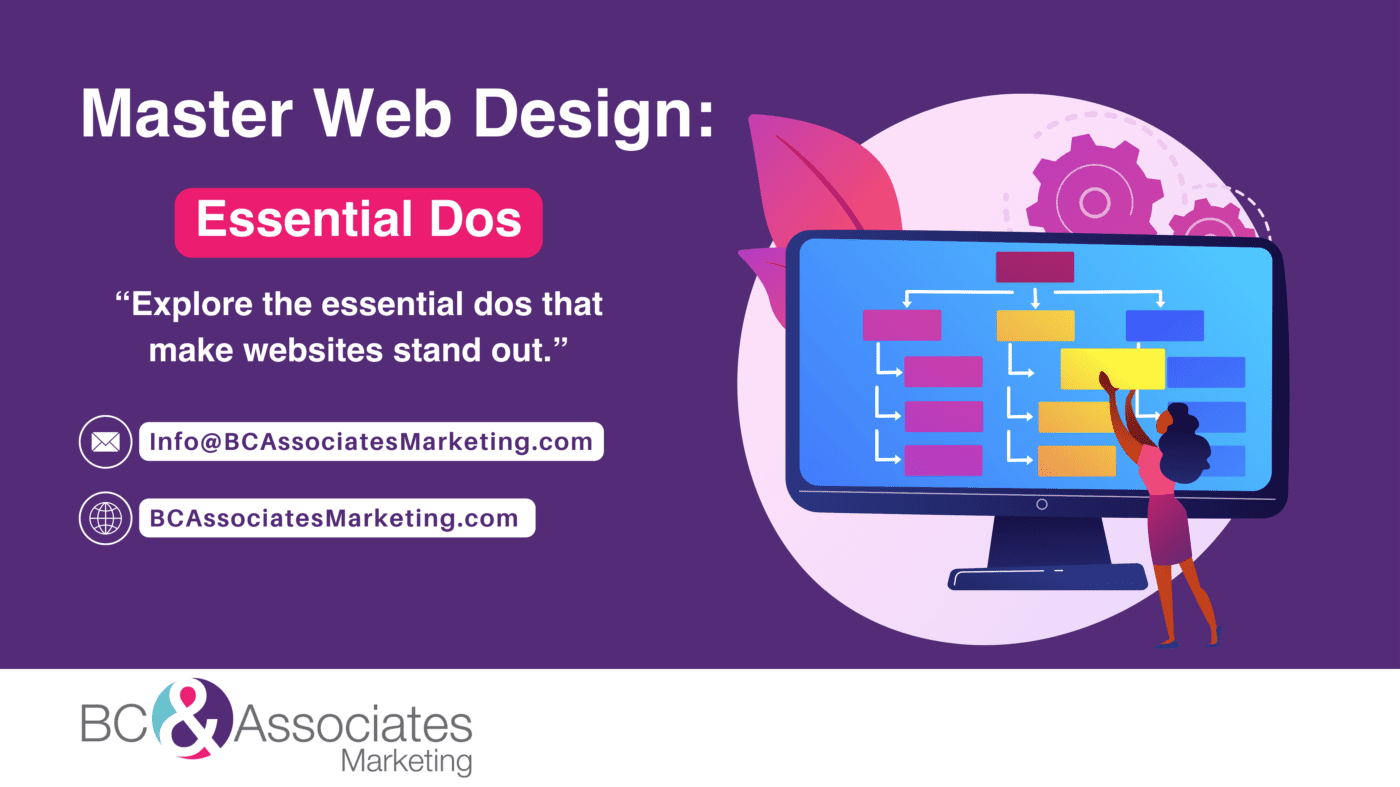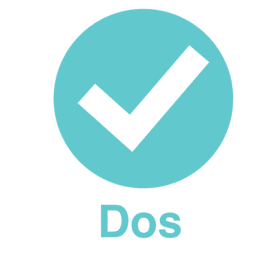Have you ever wondered what it takes to build a website that not only captures attention but keeps visitors coming back for more? In an age where your online presence can make or break your success, the art of creating a user-friendly, mobile-responsive, and content-rich website is more crucial than ever. Join us on this exciting exploration as we delve into the essential components of successful web design and optimization. From seamless navigation to lightning-fast loading times, from SEO mastery to robust security measures, we’ll guide you through the steps to craft a digital masterpiece that leaves a lasting impression.
-
Clear and Concise Navigation:
- This involves organizing your website’s menu and structure logically so visitors can easily find what they want.
- Use clear and descriptive menu labels that reflect the content they link to.
- Consider user-friendly navigation patterns like dropdown menus or a hamburger menu for mobile devices.
-
Mobile Responsiveness:
- Mobile responsiveness means your website adapts to various screen sizes and devices, ensuring it looks and functions well on smartphones and tablets.
- Responsive design is critical because it increases users’ access to websites via mobile devices.
- Test your site on different mobile devices to ensure a seamless user experience.
-
Fast Loading Speed:
- Website loading speed is crucial for user satisfaction and SEO.
- Optimize images and media files for the web, use browser caching, and leverage content delivery networks (CDNs) to improve loading times.
- Slow-loading pages can increase bounce rates and negatively impact your search engine rankings.
-
High-Quality Content:
- Content is king on the web. It should be informative, engaging, and relevant to your target audience.
- Understand your audience’s pain points and needs, create content that provides solutions, answers questions, or entertains, and use the keywords related to these in your content.
- Utilize various content, text, images, video, etc., to make it more interesting for your visitors.
- Consistently update and maintain your content to keep it relevant and valuable.
-
Clear Call to Action (CTA):
- CTAs guide visitors to take specific actions, such as signing up for a newsletter, contacting you, or purchasing.
- Make CTAs visually distinct using buttons or contrasting colors.
- Use action-oriented language in your CTAs, such as “Get Started” or “Subscribe Now.”
- Collect emails of all visitors if possible. Email lists allow you to remarket your products and services.
- Make it as easy as possible for people to buy from you! The less friction in the process, the better!
-
Contact Information:
- Ensure your contact information (phone number, email, address) is easily accessible, usually in the website’s header or footer.
- Consider including a dedicated “Contact Us” page with a contact form for visitor inquiries.
- Quick access to contact information builds trust and allows potential customers to reach out easily.
-
SEO Optimization This is IMPORTANT!:
- SEO involves optimizing your website’s content, structure, and meta information to improve its visibility in search engine results.
- Conduct keyword research to understand what your target audience is searching for and optimize your content accordingly.
- Implement on-page SEO techniques like meta titles, descriptions, and image alt tags.
- Using SEMrush and Ahrefs, for example, can make keyword research more effective. You may choose which keywords to target in your content using these tools, which offer useful information about search traffic, competitiveness, local SEO schemas, and related terms.
- Utilizing SEO plugins, if available, to save you time and ensure done correctly!
- Learn how to get your website on the first page of google results with our SEO blog
-
Regular Updates:
- Fresh and up-to-date content keeps visitors engaged and signals to search engines that your site is active and relevant.
- Create a content calendar to schedule regular updates, blog posts, and news articles.
- Review and refresh older content to ensure it remains accurate and valuable.
- Audit your site at least once a year to check all links work and content is current.
-
Security Measures:
- Implement security measures like HTTPS encryption, regular software updates, and strong password policies to protect your website and user data.
- Regularly back up your website to prevent data loss in case of security breaches.
- Consider using a web application firewall (WAF) to block malicious traffic.
Prioritizing these elements in your website design can significantly enhance user experience, engagement, and the overall success of your online presence.
Want to learn about how important Google Analytics can be for your business? Visit our blogpost How To Understand Customers with Google Analytics for Small Business.
Additional Resources to Aid Your Marketing Journey
- The Ultimate Guide to Building a Strong Service-Based Brand
- The Power of Storytelling in Marketing Your Service-Based Business
- SEO Best Practices for Service-Based Businesses: Improve Search Rankings and Increase Organic Traffic
- Top 10 Common Digital Marketing Mistakes Service-Based Businesses Make and How to Avoid Them
- How to Measure and Analyze Your Digital Marketing Performance
- The A-Z Guide to Branding and Digital Marketing for Service-Based Businesses
Sources:
https://ahrefs.com/keyword-generator



